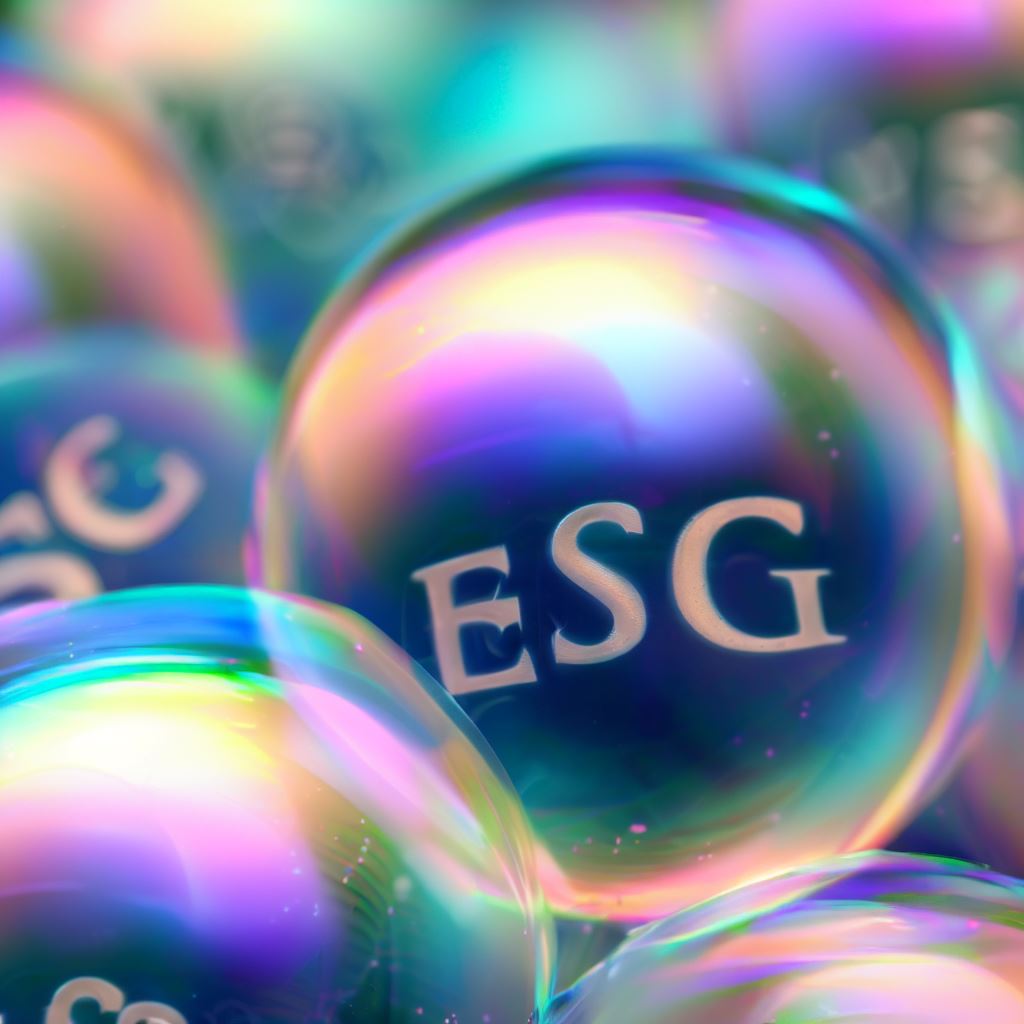International
SLL ESG Loans bubble is ready to explode

Sustainability linked loans, or SLLs , have only existed for a few years. In this short time they have become a $1.5 trillion market starting from scratch. Now, however, analysis of the real substance of the sustainability claim risks getting both the borrowers and the banks that have granted these types of loans into trouble, because there is clearly a lot of just green appearances, i.e., greenwashing, behind them.
The first sustainability-related loan was by the Dutch ING Groep and was closed in 2017. Since then, sustainability-related loans have become the second largest ESG market in the world, after so-called green bonds.
The essence of SLLs is that the borrower can benefit from a slightly lower interest rate in exchange for making environmental commitments, a principle quite similar to how ESG investment funds work. But just as with ESG investment funds, regulators and investors have begun to question the validity of bond issuers’ and bank borrowers’ sustainability statements.
In a recent article on the subject, Bloomberg noted that the situation has reached a point where banks providing SLLs are seeking legal cover in anticipation of greenwashing lawsuits. They probably already know at the outset that their commitments have been . This prediction may turn out to be legitimate because the banks did not check their clients’ ESG commitments in detail before making loans, nor did they check whether these clients were using the money for environmental, social, or governance improvements.
They did not have to check, and they did not need to, or so they thought. The great attraction of sustainability-related loans lies in the fact that the borrower, as Reuters notes in a recent article, can use the money for pretty much whatever he or she wants, because the bank classifies the loan as part of its ESG efforts and does not seem to care too much about whether or not the borrower’s ESG claims have substance. If this is not greenwashing, what is?
Bloomberg noted in its article that sustainability claims made by borrowers are not made public and the market for sustainability-related loans is not regulated. In other words, a company could take out a sustainability-linked loan and pay an interest rate between 2.5 and 10 basis points lower than a regular loan, vowing to use the money for sustainable purposes. Then he can take the money home and do whatever he wants with it, even if it has nothing to do with sustainability.
The bank, meanwhile, does not care what the borrower will do with the money, because it has already filed the loan under its sustainability goals and considers it a step in the right direction to achieve those goals. It seems that these SLLs have been as much appreciated by lenders as by borrowers.
Thus, in the space of six years, a market that has gone from zero to $1.5 trillion is about to experience some shaking up as bank lawyers warn that the reputational risks have become too great to ignore. The situation is somewhat reminiscent of the subprime mortgage crisis of 2007. A market for obscure financial products that gets out of hand of regulation is always a dangerous situation.
Perhaps no one could foresee the questions that would begin to arise about the real substance of ESG claims made by companies. Perhaps no one foresaw the political backlash in the conservative United States. Yet both are happening and are shaking the foundations of the entire ESG market.
Reuters recently conducted a survey of banks and found that only one of the 14 did not file OSH provided as part of their sustainability initiatives. All the others did, essentially assuming that the borrower would use the loan as promised. Not surprisingly, the controls are tighter and, as a result, SLLs are declining.
Bloomberg reported earlier this month that issuance of sustainability-linked loans in the United States has dropped as much as 80 percent due to growing concerns about greenwashing and higher interest rates. Issuance is also declining in other regions as regulators begin to pay attention to these loans, just as they have begun to pay attention to other green claims made by companies eager to take advantage of the ESG investment trend.
With investment funds rebranding and dropping words like “sustainable” from their names in the wake of growing investor caution, it was only a matter of time before banks also began to pay attention. According to Bloomberg, this attention took the form of seeking help from legal professionals and devising hedging in contracts for SLLs.
The hedge appears to be a loophole that allows banks to reclassify SSLs as ordinary loans in case the borrower does not use the money to further their ESG goals as promised. In other words, banks are admitting that they have no way to enforce the terms of the loan agreement on the borrower and are seeking a way out of potential greenwashing charges by modifying those terms.
This bubble, along with the scandal that will follow, are but yet another sign of a politically drugged economy and finance hiding their messes behind good intentions.






